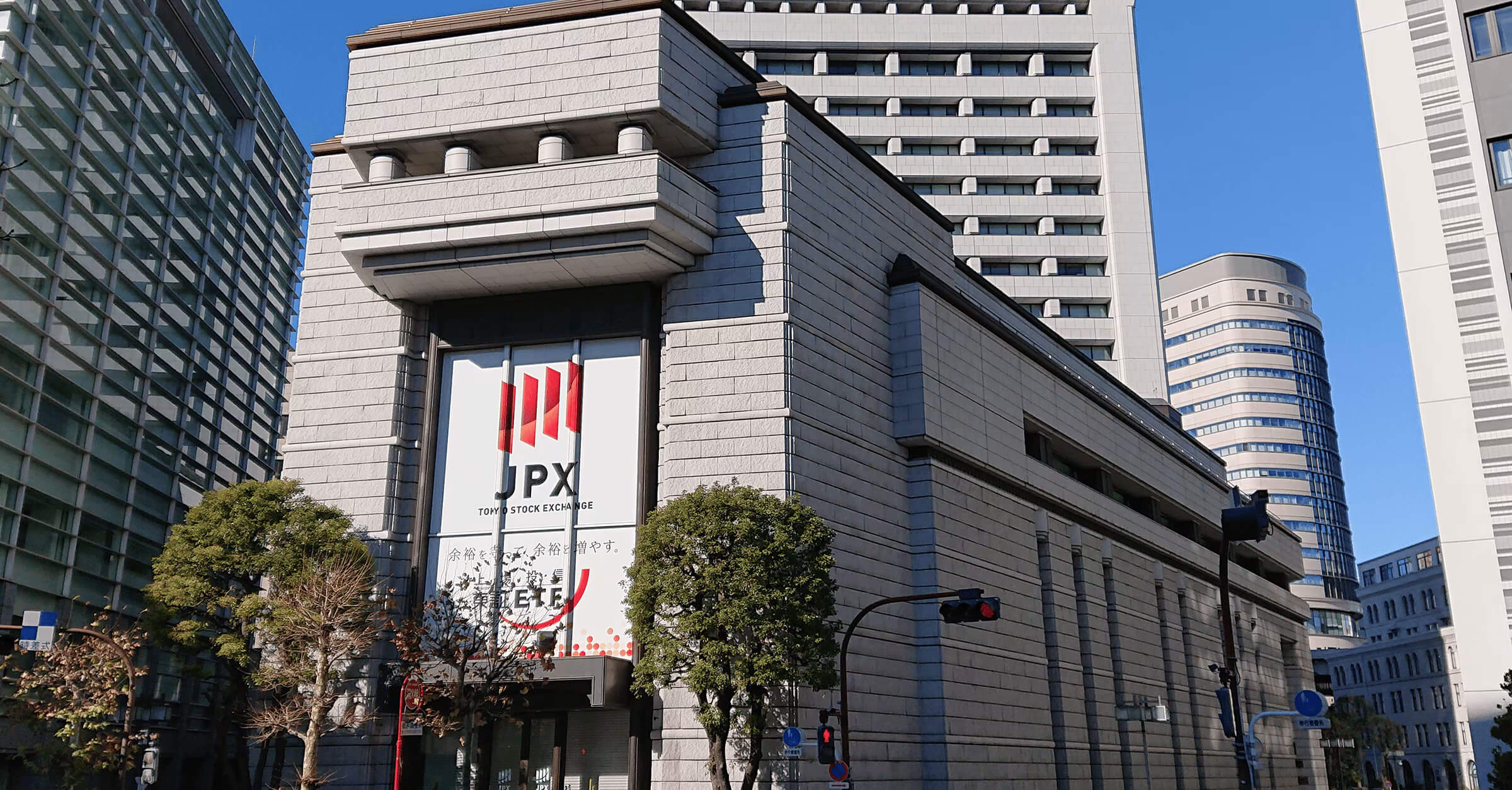
Everyone “knows” Japan is interesting again. Fewer people can explain how it actually trades.
Start with the day’s skeleton: two sessions with a lunch break(9:00–11:30, 12:30–15:30 JST). Prices are set by Itayose (single‑price call auctions) at the open and the close; continuous trading in between. In November 2024, Tokyo added a modern closing auction session, explicitly acknowledging a global reality: more capital wants to trade at the official closing price. In Europe, ~29% of all cash equity volume now prints in the close; in the US it’s ~19%, and Japan is moving the infrastructure in that direction. For allocators, that’s not market trivia—it’s a map of where liquidity lives.
Japan also runs a set of volatility dampeners unfamiliar to US/UK investors: Special Quote (SQ) appears when prices threaten to gap beyond a band; Sequential Trade Quote (STQ) manages rapid sequences so prices do not “teleport” without adequate counter‑flow. These features smooth shocks—but they also shape execution tactics. If you’re pushing size, you need child‑order logic that avoid stripping SQ and guards against STQ‑induced slippage
Then there’s ToSTNeT, Tokyo’s off‑auction block market. Two facets matter for portfolio results but rarely get airtime. First, ToSTNeT‑2 lets participants trade at the closing price or VWAP, the workhorse for rebalances and large re‑weights. Second, ToSTNeT‑3 handles issuer buybacks at 08:45 JST—often pre‑scheduled, disclosed, and executed without touching the lit tape in the same way. When governance pressure meets ample cash, buyback prints can be large, discreet, and recurring. For event‑driven managers, that’s a genuine flow catalyst
The punchline isn’t that Japan is “different” for its own sake. It’s that these mechanics—call auctions, dampeners, price limits, and off‑auction rails—create repeatable regimes that you can measure and trade. Model the close (post‑2024), map ToSTNeT buyback calendars, and respect SQ/STQ/limit path‑dependency, and you’re closer to how returns are really made.
Not investment advice; for institutional discussion only.